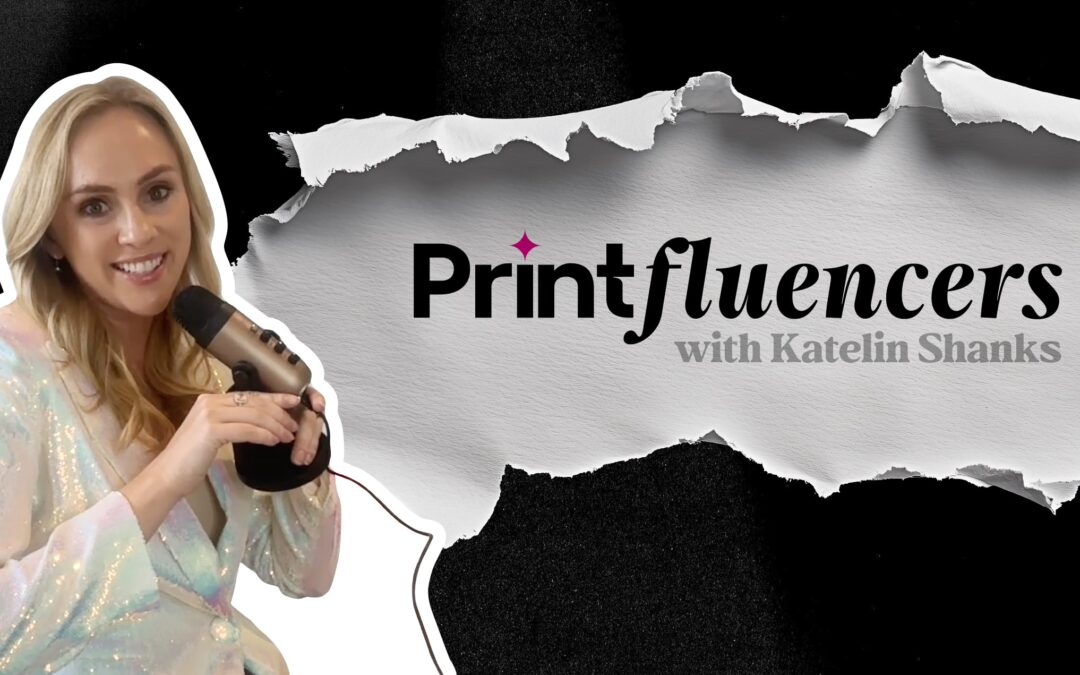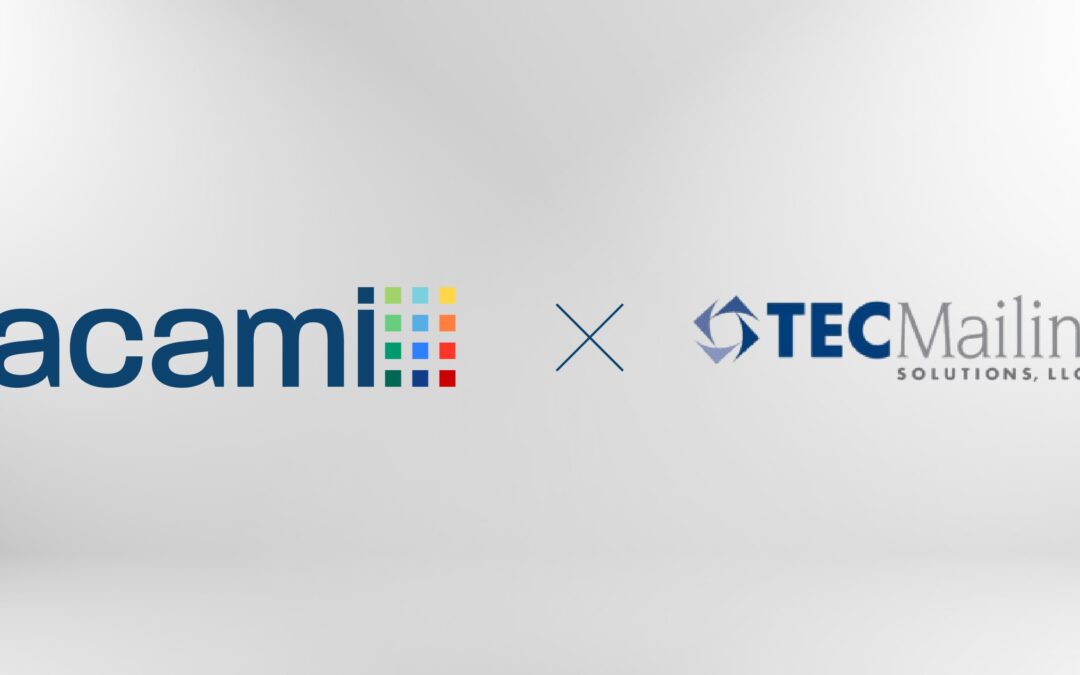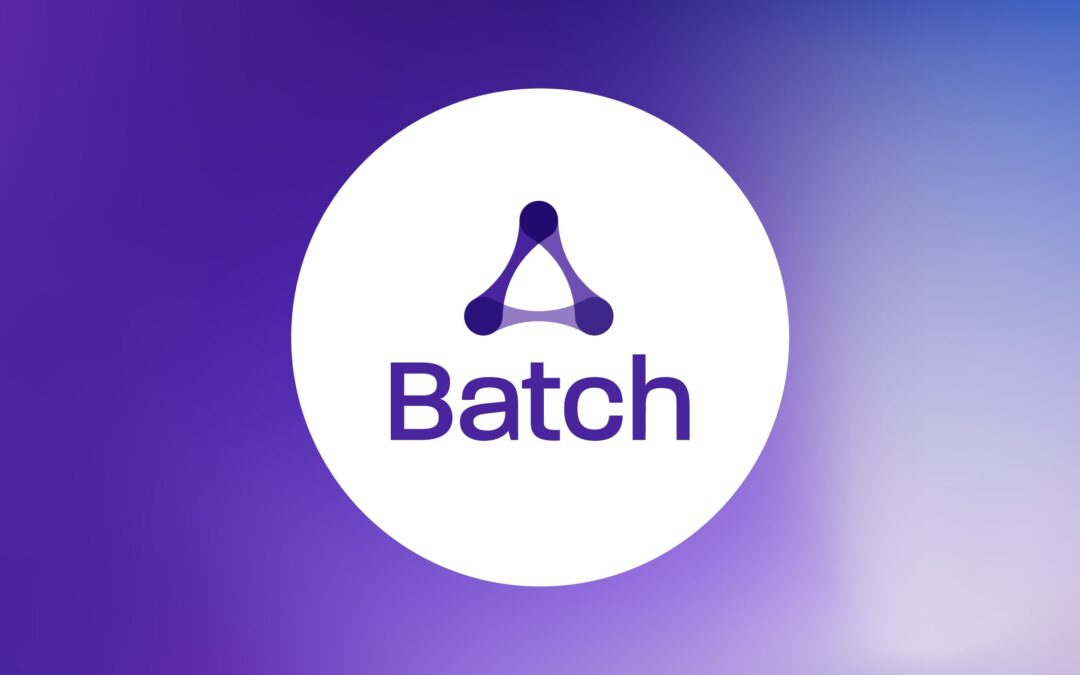“What’s the status of my job?” – it’s a question clients often ask of print and mail operations. Traditionally, inquiries like these are handled by an account representative who fields the client’s phone call, email, or text message. To answer the question, the account rep makes a call to the document operations manager and waits for a reply. Or maybe the account rep leaves their desk and roams the production floor to do their own investigation.
The job in question may be in the data preparation stage, postal processing, printing, or inserting. It might be finished and sitting amongst pallets of mail trays on the loading dock. Or document operations may have handed the output off to a presort bureau or sent it to the post office. It takes time to track down the job in question, often requiring someone to visit the work areas in person to inspect staged or finished work.
Regardless of the service provider’s determination of the job’s status, responding to this common customer request is inefficient and disruptive. It’s also not very satisfying for the client as they wait for a return message from their account representative, which could take hours. In an era when we can track the progress of our Uber driver or pizza delivery in real time, waiting for something seemingly simple, like a status update, is becoming intolerable.
No Longer a Simple Question
Not only are the acceptable response times shrinking, but the questions are getting tougher to answer. Back when a data file generated only one channel of output, tracking down the status was fairly straightforward. Today, multi-channel communications have turned the job status question into one with many answers. What the client considers a single job, because they sent only one file to be processed, is to the document services provider two, three, or more jobs. With techniques such as customer channel preference management, a single data file from the client could emit output in print, email, online portal, and text messages. Each of the electronic distribution operations may happen at different times than physical distribution, and the client probably wants to know the status of all the channels.
As transactional print and mail producers migrate to high speed inkjet printing, production environments implement strategies like white paper workflows. Document operations merges jobs from several clients to achieve production efficiencies. They often combine documents from multiple jobs before they print, to qualify the mail for greater postage discounts. Elements of what the client considers their job may be scattered throughout a large paper roll containing bills and statements bearing the logos of several entities. Beginning and ending points for an individual client’s work are difficult to define.
Document Production Transparency
Clients feel they should be able to get current status information about their work anytime they want it. They are used to on-demand information from their experiences with other communication channels. The standard response to a client inquiry about job status, “I don’t know, I’ll find out and call you back”, is no longer adequate.
To provide the transparency clients demand requires an investment in software that tracks the status of production work and generates real time status information and on-demand reports. Ideally, document production facilities give their clients access to a secure portal where they can get information about their own jobs. This eliminates the need for account reps to drop what they are doing and rush around trying to gather information the client needs.
Even better, some document production workflow control systems can detect conditions such as unexpected delays. They can predict when work might miss upcoming deadlines and alert the operations staff and customer service. With such information, the account representatives can let their clients know about the issues and inform them about the service provider’s planned remedial actions. This proactive approach increases customer confidence and eliminates the need for clients to initiate calls concerning late work.
Real time production workflow dashboards let document operations management see exactly what their machines are processing at any point in time. Should problems arise, managers can re-balance the workload or change priorities if necessary.
Operational Metrics
Besides tracking jobs and reporting on production status, document production workflow control systems also compile metrics that are useful for internal analysis and decision-making. These metrics can help management spot underperforming equipment, identify employees that could benefit from additional training, or drive productivity incentive programs. Machine-supplied data helps management make accurate predictions and can affect decisions about equipment upgrades. Documented production metrics aid in the justification of capital expenditure requests when document operations seek to purchase new machines or upgrade their equipment.
Real time job-level statistics also help operations managers make the best daily decisions about splitting jobs among machines or anticipating workforce deficiencies so they can call in extra staff or approve overtime.
Stay on Top of the Operation
Unless document operations can upgrade their command-and-control practices to an automated system, they will continue to face the interruptions that job status inquires create. Client interest in document production will only increase as more organizations mount multi-channel customer communication strategies that require coordinated actions among multiple channels. Client expectations of their print/mail service providers, whether in-house or outsourced, will steadily rise. Organizations that invest in physical mail as a communication channel feel entitled to the same level of on-demand response and production tracking they enjoy with digital output channels.
Competition is fierce in the document print and mail business as companies battle for pieces of an ever-shrinking market. Job-level tracking and reporting are quickly becoming must-have capabilities.
Racami automates every aspect of your customer communications
From data management to proofing, from print production to digital implementation and everything in between. We have what it takes to help Customer Communications Management (CCM) professionals like you deliver exceptional customer experiences quickly and affordably.
Our platform, Alchem-e™, and our software products coupled with our services enable full visibility into your operational environments by connecting disparate technologies, systems and processes. As a result, print providers, service bureaus and marketing agencies can collaborate more efficiently, make better use of their resources, and leverage data like never before.
Schedule a demo with our team of experts today!



